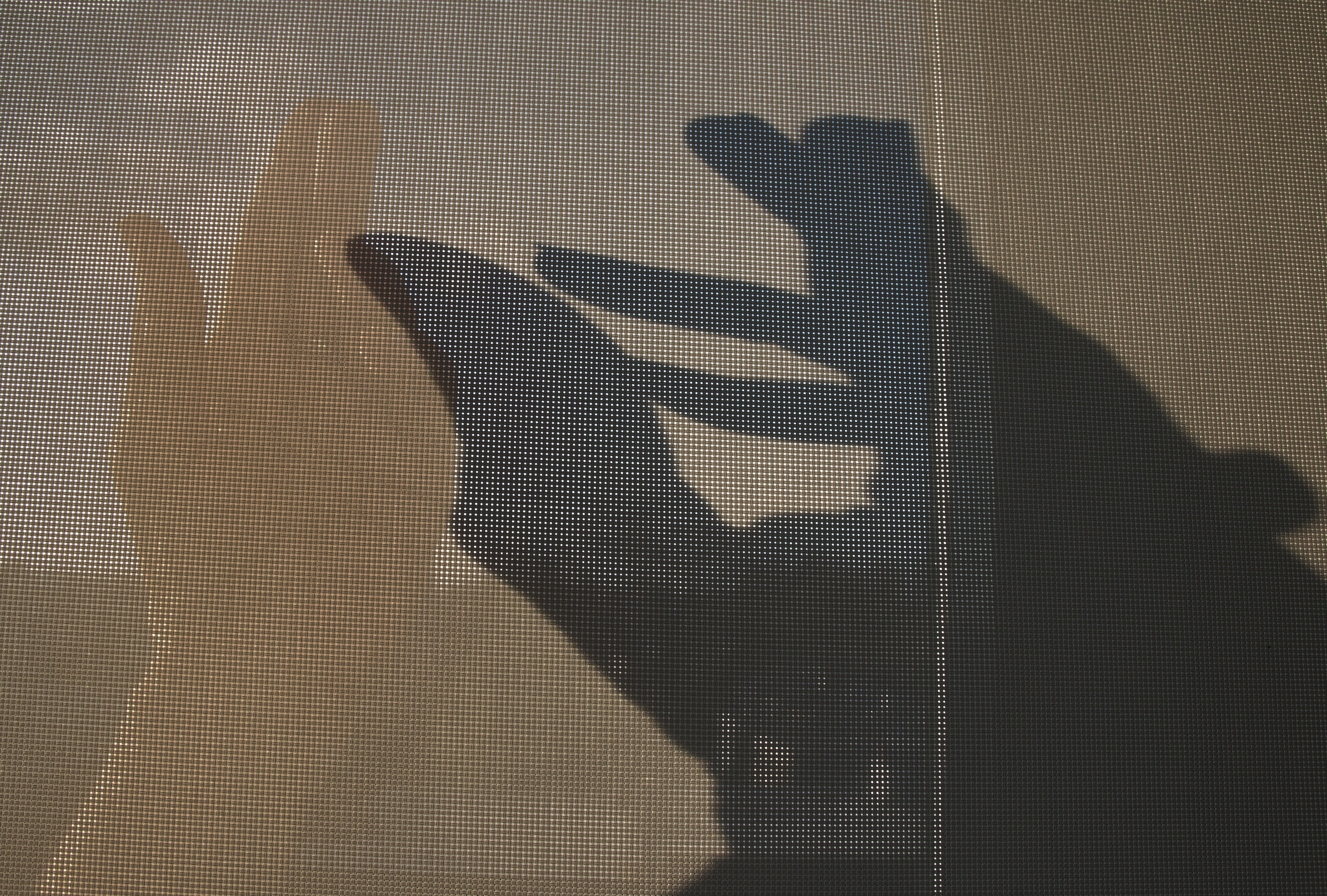

If your model is geolocated, this time zone should be accurate, but you can check that it’s correct or change it if you like. The Time Zone drop-down list enables you to choose a new time zone.The Display Shadows button in the upper left toggles the shadow display on and off.(bottom).īeyond the basic shadow settings outlined in the preceding steps list, you can customize a few more shadow attributes in the Shadow Settings dialog box: In the following figure, you see the how the shadows change from 7:00 a.m. To select a month and day, drag the Date slider or enter a date in the Date box.To select the time of day, drag the Time slider along the timeline or enter a time in the Time box.
#THE SHADOW YOU CAST HOW TO#
(Alternately, you can display the Shadows toolbar Customizing Your Workspace explains how to show and hide toolbars.)


#THE SHADOW YOU CAST MANUAL#
Or to add a location manually in any version of SketchUp, select Window > Model Info, select the Geo-location option in the sidebar on the left, click Set Manual Location, and enter a latitude and longitude in the dialog box that appears. To geolocate your model in SketchUp Pro 2017, you can import terrain using the Add Location tool. Using this technique, you can cast shadows on backgrounds by building matte. Tip: Before you can cast real-world shadows in a model, your model must be geolocated. It can also receive shadows cast on it from non-matte objects in the scene.


 0 kommentar(er)
0 kommentar(er)
